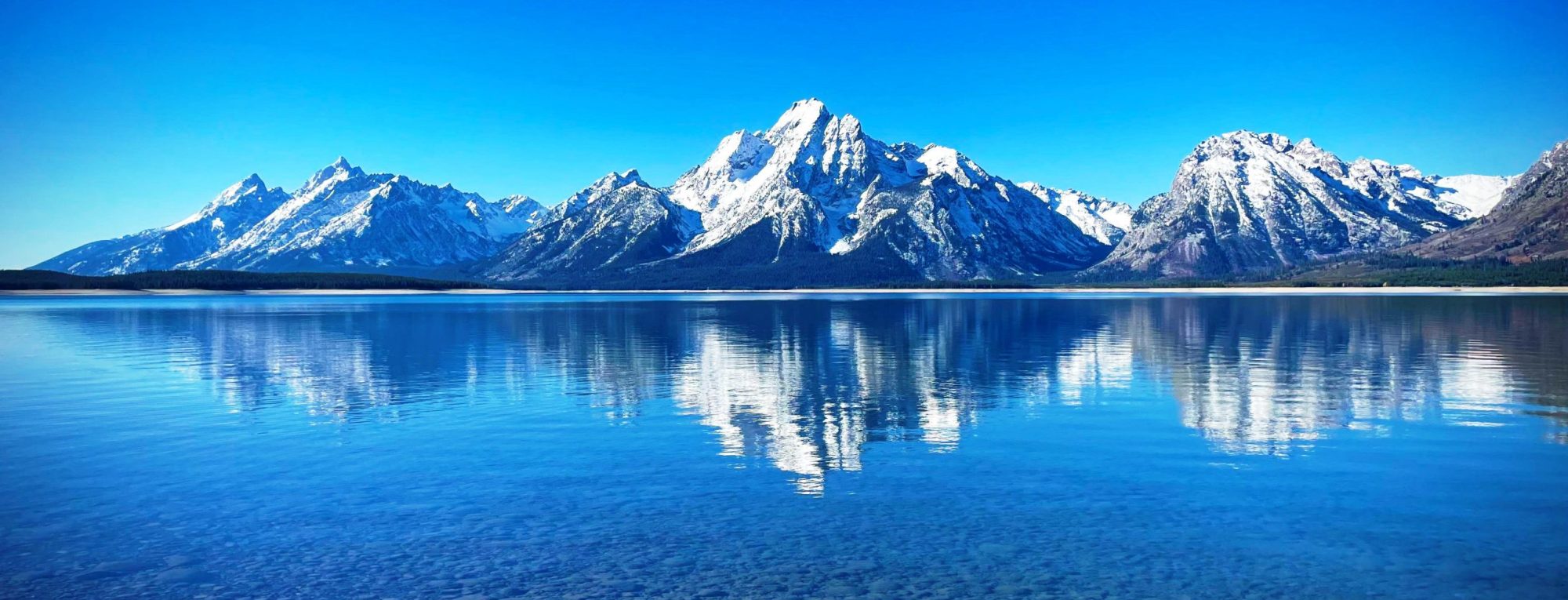The Coropuna complex consists of several stratovolcanos. These are composed chiefly of ignimbrites[a] and lava flows on a basement formed by Middle Miocene ignimbrites and lava flows. The Coropuna complex has been active for at least five million years, with the bulk of the current cone having been formed during the Quaternary Coropuna has had two or three Holocene eruptions 2,100 ± 200 and either 1,100 ± 100 or 700 ± 200 years ago which generated lava flows, plus an additional eruption which may have taken place some 6,000 years ago. Current activity occurs exclusively in the form of hot springs.
Coropuna is located 150 kilometres (93 mi) northwest of the city of Arequipa. People have lived on the slopes of Coropuna for millennia. The mountain was regarded as sacred by the Inca, and several archaeological sites have been discovered there, including the Inca sites of Maucallacta and Acchaymarca. The mountain was considered one of the most important Inca religious sites in their realm; human sacrifices were performed on its slopes, Coropuna forms part of many local legends and the mountain is worshiped to the present day.
The ice cap of Coropuna, which during the Last Glacial Maximum (LGM) had expanded to over 500 km2 (190 sq mi), has been in retreat since at least 1850. Estimates published in 2018 imply that the ice cap will persist until about 2120. The retreat of the Coropuna glaciers threatens the water supply of tens of thousands of people relying upon its watershed, and interaction between volcanic activity and glacial effects has generated mudflows that could be hazardous to surrounding populations. Because of this, the Peruvian geological agency, INGEMMET, monitors Coropuna and has published a hazard map for the volcano.
from Wikipedia, the free encyclopedia
